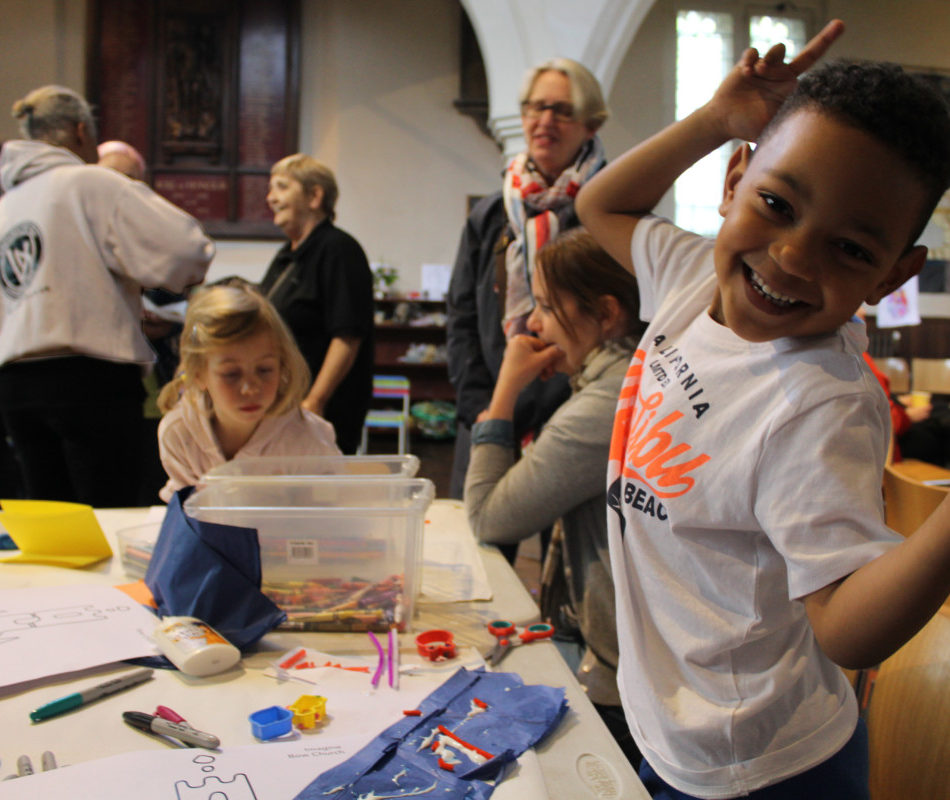Written by:
As part of Quality of Life Foundation‘s Sense of Belonging and Togetherness Panel Discussion our Chief Executive Sophia was posed with the following question – With Covid exposing the gross inequalities of housing, how do we create neighbourhoods that cater for people with a mix of incomes, ages and backgrounds, in a variety of tenures? Read her answer below.
The small matter of money
I don’t think we can talk about housing without talking about money. Let’s start with some of the harsh realities of the numbers associated with housing in this country.
Housing delivery is driven by a financial imperative. Housebuilding is a massive industry and accounts for an average of 15-18% of our national GPD. The stock market value of the UK Housebuilding Sector hit a new record high of £47bn in December 2019.
For housebuilders, the profit margin is the key driver in their selection of sites and decision-making. Even the best developers who champion social value and design quality, start with the financial assessment of a potential project.

British homeowners see homes as an investment opportunity and a commodity. Those who are able to get onto the housing ladder do so with a sigh of relief at the prospect of building equity and security and of getting out of the rat-race that is the rental market. But with house prices soaring, people often overcommit to enormous debt to achieve this status of homeowner.
The private rental market has also become a challenging marketplace, with the average rent accounting for 45.5% of the average salary nationally, and 74.8% of the average salary in London.
Our current status quo, and the role of financial drivers, creates some fundamental underlying issues.
So what can we do?
There are some things that we could do within the current system that would make a big difference.
We could collectively be doing a great deal more to embed social value and social capital into large-scale development. If local authorities are ambitious for their communities and demanding of their housing delivery partners, development can provide more than just housing units. Being demanding about design quality, social infrastructure, sourcing contractors locally and community engagement in decision-making can make a big difference not only to what is delivered, but to what the journey itself of the design and development process can deliver.
Good developers welcome working with ambitious delivery partners who want to create great places, not just meet targets for the number of units delivered. They want to be seen as creating the best products out there, and we know that two of exactly the same houses or flats will have a very different appeal and market value depending on what’s around them. If nothing else, it makes good business sense to invest in creating great places, with good infrastructure, a range of local services and amenities, green spaces, a strong local economy and so on.
We can also be more proactive about championing and enabling different models for housing delivery at a range of scales. Alongside the large-scale private and public-sector development, we should be identifying a diverse range of sites to build on, and creating opportunities for community land trusts, community-led, co-housing and self-build.

We should also be taking stock of, and where necessary, retrofitting our 29 million existing homes across the UK to help us collectively address our climate emergency. Think of the jobs this could create.
Setting housing standards based on shared values
Perhaps we should be going back to the very basics, starting with the concept of high-quality homes being seen as a fundamental right for everyone. Shouldn’t we all be entitled to shelter from the elements, a place to feel safe and happy through the different stages of our lives? In the wake of Covid, we also need to better cater for spaces within our home to work and study. We need to create spaces within the home for families to gather, but also for people to be able to enjoy some quiet time on their own. Ideally, we would also all like a little bit of outside space.
This is not just about building bigger houses, it’s about thinking about housing within the ecosystem of a neighbourhood.
What Covid has also revealed is that that what is around is, what is readily available in our neighbourhoods is also crucial. Do we have easy access to green space, good schools, shops, a doctor? If we can’t work or study at home, is there any local provision of spaces that are accessible to us? Are there spaces where we can connect with others outside the home, if we are not able to invite people into them? Could we grow and source food locally? Could we generate our own energy locally? How much of the local economy is servicing local people?

How can we really talk about homes, and more equitable places, without also talking about all of this?
Changing the metrics for success
As long as we measure the success of our housing and neighbourhoods as a numbers game in response to targets for units delivered, we will be missing the opportunities to create great places where people want to live and that offer a nurturing and healthy environment. When we enable processes for shaping neighbourhoods that allow us to work more collaboratively, drawing together a range of diverse actors, we are more likely to create neighbourhoods that respond to our collective as well as individual needs.
I’ll close with the suggestion that we need to change not only how we shape places, but also how we measure success in housing and growth. There are all sorts of tools we can use to measure housing delivery, economic growth, social value, social capital, social mobility and so on, and these are a great place to start. But what if we also started with simple but ambitious target for everyone to live in a home, and a neighbourhood, in which they felt safe, active, nurtured, connected and happy, and if we worked together to co-design and agree how we measure our success in achieving this?
At the end of the day, we all have more in common than not.
References
1 UK Housebuilding Sector: 2020 vision – Sharpness and clarity for industry prospects By Tony Williams, Hardman & Co Analys
2 How Much Income You’ll Need To Spend On Rent Across The UK, By Amy Packham, HuffPost
3 UK housing: Fit for the future? – Committee on Climate Change February 2019


